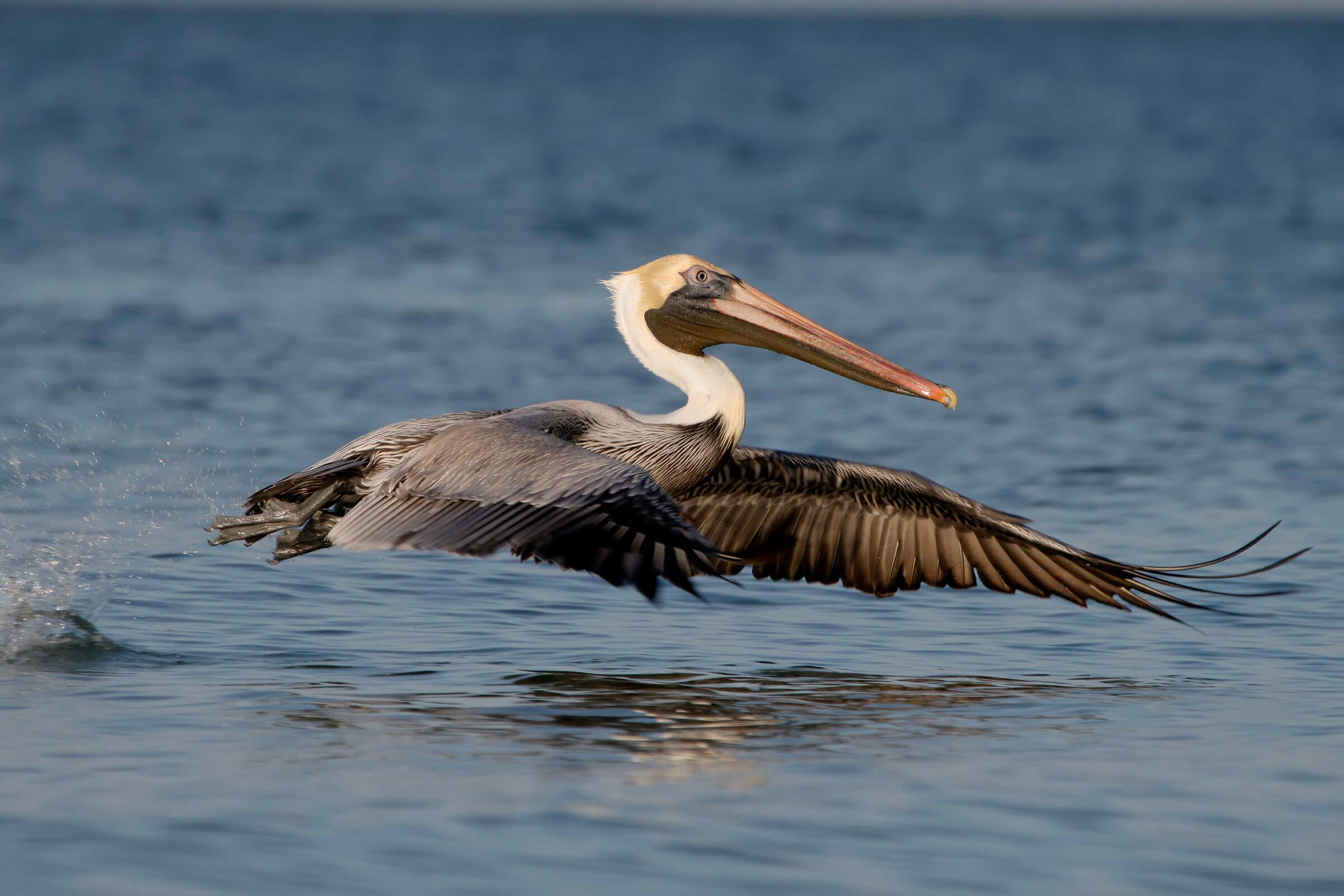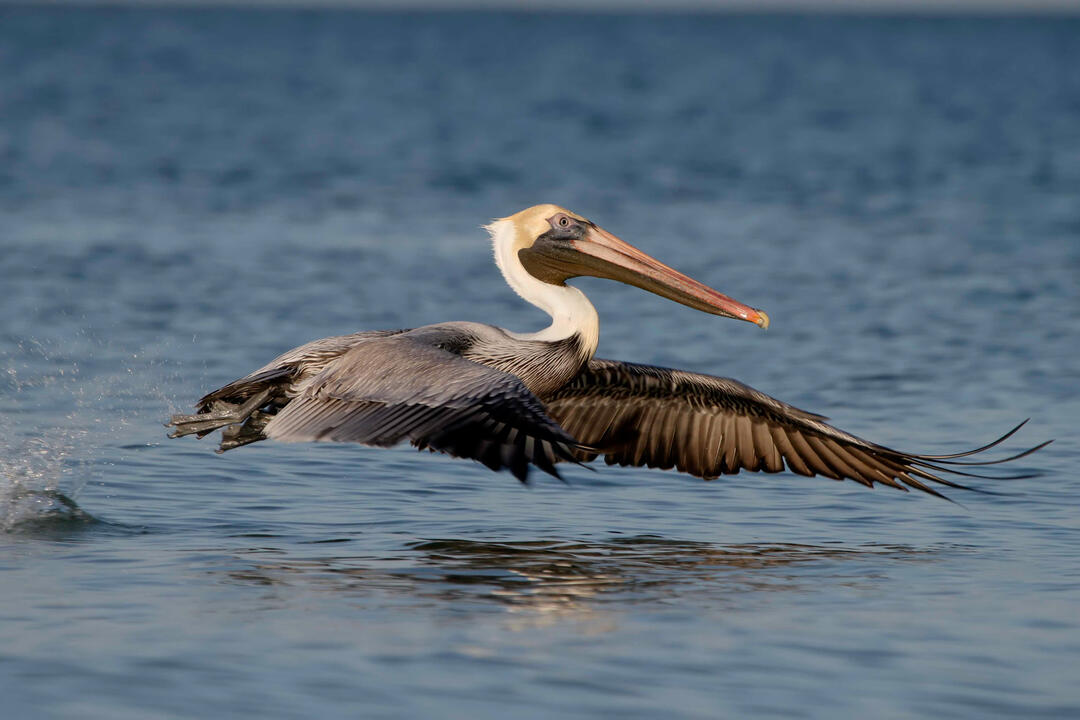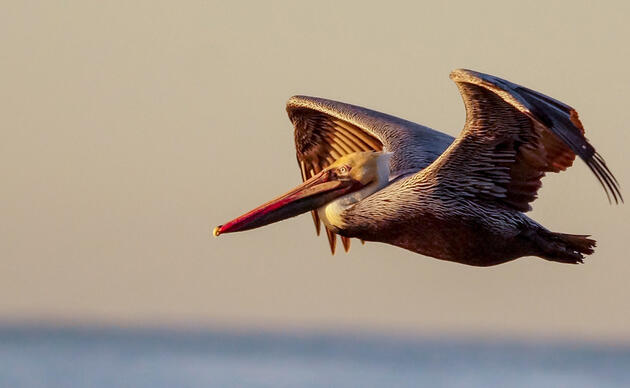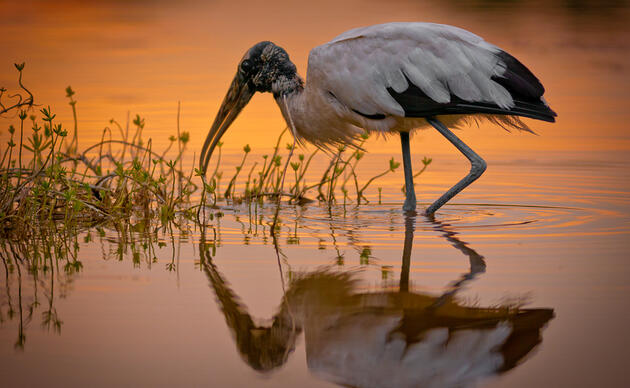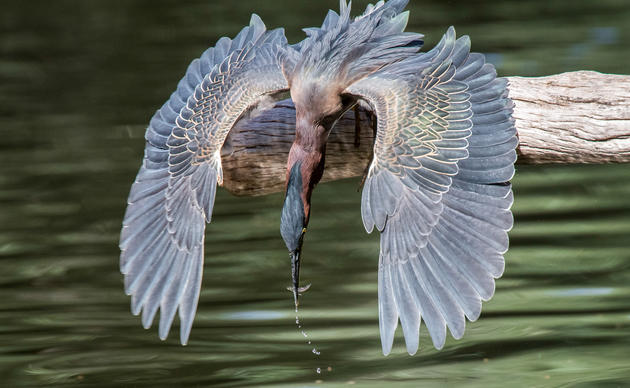Audubon protects birds and the places they need in South Carolina, today and tomorrow, using science, education, advocacy, and on-the-ground conservation.
Beyond protecting South Carolina’s birds, the solutions we promote also safeguard the state’s rich natural heritage, support vital industries including forestry and tourism, and enhance community resilience to extreme weather and development pressures, while improving quality of life for all South Carolinians.
Strategic Priorities
With the help of a network of passionate advocates, dedicated supporters, and committed partners, Audubon seeks to advance policies, legislation, and funding that:
Coasts
-
Encourages the use of green infrastructure and other nature-based solutions to protect and restore vulnerable coastal habitat and mitigate flooding.
-
Reduces human and predator disturbance to critical stopover, breeding, and wintering sites for imperiled coastal bird species.
Working Lands
-
Incentivizes sustainable management techniques on privately owned forests and farmlands, helping landowners preserve their lands while supporting vital bird and wildlife habitat and other ecosystem benefits.
-
Prioritizes the easement, acquisition, and restoration of landscapes vital to birds and wildlife, ecosystem health, and quality of life.
Bird-Friendly Energy
-
Facilitates the rapid deployment and ensures the responsible siting of clean energy infrastructure.
-
Minimizes the impact of energy development on critical habitat, declining bird populations, and vulnerable ecosystems.
Bird-Friendly Communities
-
Promotes bird-friendly practices in urban planning and community development to reduce building and window collisions, limit light pollution, and expand habitat availability in urban and suburban areas.
About Audubon
Audubon owns and manages more than 30k acres of critical bird habitat across the state—including our 18k-acre Beidler Forest Center & Sanctuary in Harleyville, SC, and our 3.5k-acre Silver Bluff Sanctuary in Jackson, SC. In addition to serving as demonstration sites for bird- friendly forestry and habitat restoration, they also provide public access to greenspace, educational opportunities for thousands of visitors annually, and valuable ecosystem services for some of the fastest-growing communities in the state.
By the Numbers
-
30,000 supporters, advocates, and volunteers
-
30,000 acres of land owned or managed
-
Thousands of visitors and students served annually
-
14 hunting and fishing club partners

